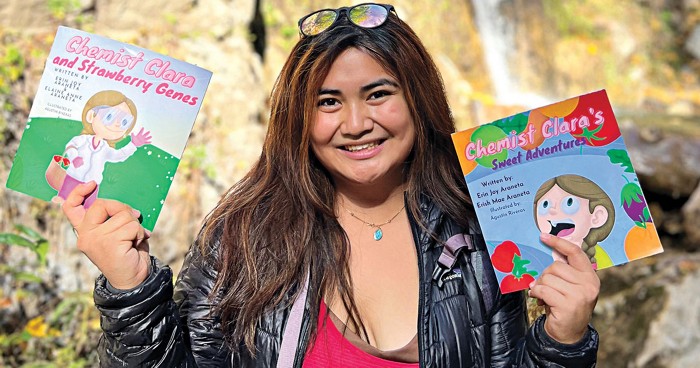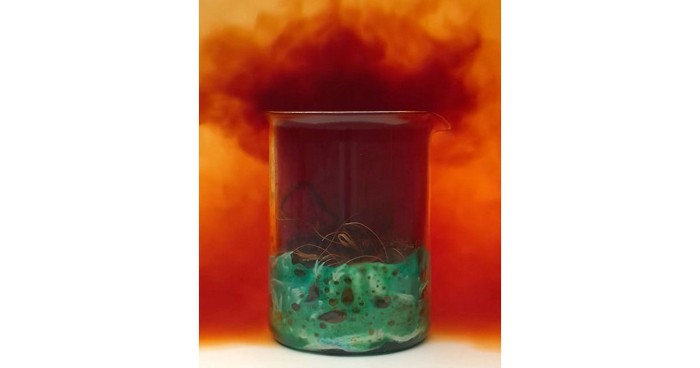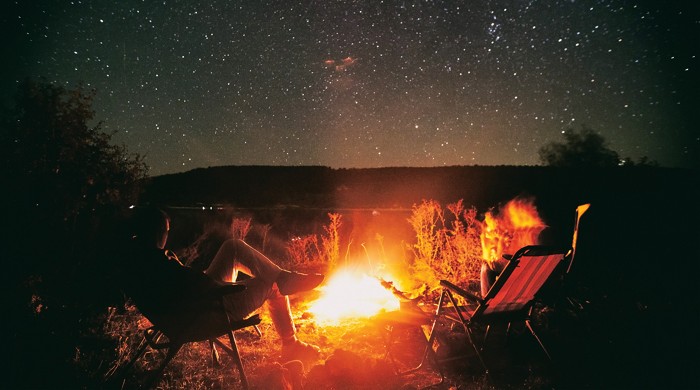Advertisement
Grab your lab coat. Let's get started
Welcome!
Welcome!
Create an account below to get 6 C&EN articles per month, receive newsletters and more - all free.
It seems this is your first time logging in online. Please enter the following information to continue.
As an ACS member you automatically get access to this site. All we need is few more details to create your reading experience.
Not you? Sign in with a different account.
Not you? Sign in with a different account.
ERROR 1
ERROR 1
ERROR 2
ERROR 2
ERROR 2
ERROR 2
ERROR 2
Password and Confirm password must match.
If you have an ACS member number, please enter it here so we can link this account to your membership. (optional)
ERROR 2
ACS values your privacy. By submitting your information, you are gaining access to C&EN and subscribing to our weekly newsletter. We use the information you provide to make your reading experience better, and we will never sell your data to third party members.
Education
Chemistry In Pictures
Chemistry in Pictures: Ice cloud
by Craig Bettenhausen
January 25, 2024
Tom Kuntzleman is a chemistry professor at Wayne State University in Detroit, where he specializes in education—eye-popping demonstrations are kind of his thing. So he was ready this past week when cold temperatures hit much of the eastern half of the United States. To get this photo, he had his daughter-in-law throw near-boiling water into the frigid air. “As the hot water leaves the container, it spreads into streams and blobs; the lower surface tension of water at increased temperature helps the water spread out more easily,” Kuntzleman explains. “The hot water also has a very high vapor pressure, which causes it to evaporate into the air. But the air is very cold! So when the gaseous water contacts the chilly air, it rapidly condenses back into tiny liquid microdroplets of water. These microdroplets are so cold that some (all?) of them freeze into tiny particles of ice.” The rapid spread and huge surface area creates beautiful clouds and striations of ice, suspended for a few moments in mid-air.
Submitted by Tom Kuntzleman
Do science. Take pictures. Win money. Enter our photo contest here.





Join the conversation
Contact the reporter
Submit a Letter to the Editor for publication
Engage with us on Twitter